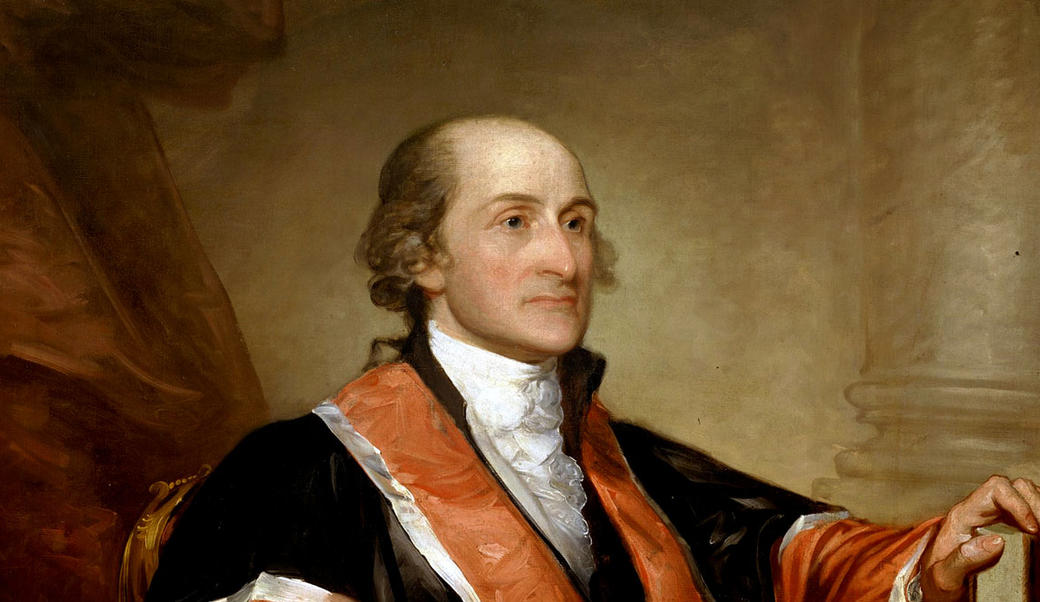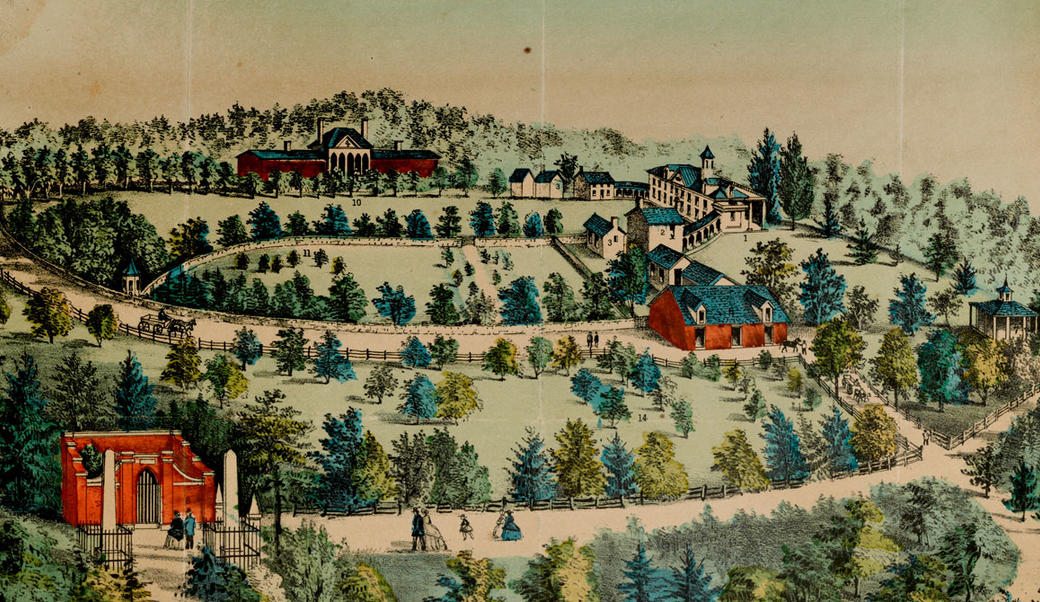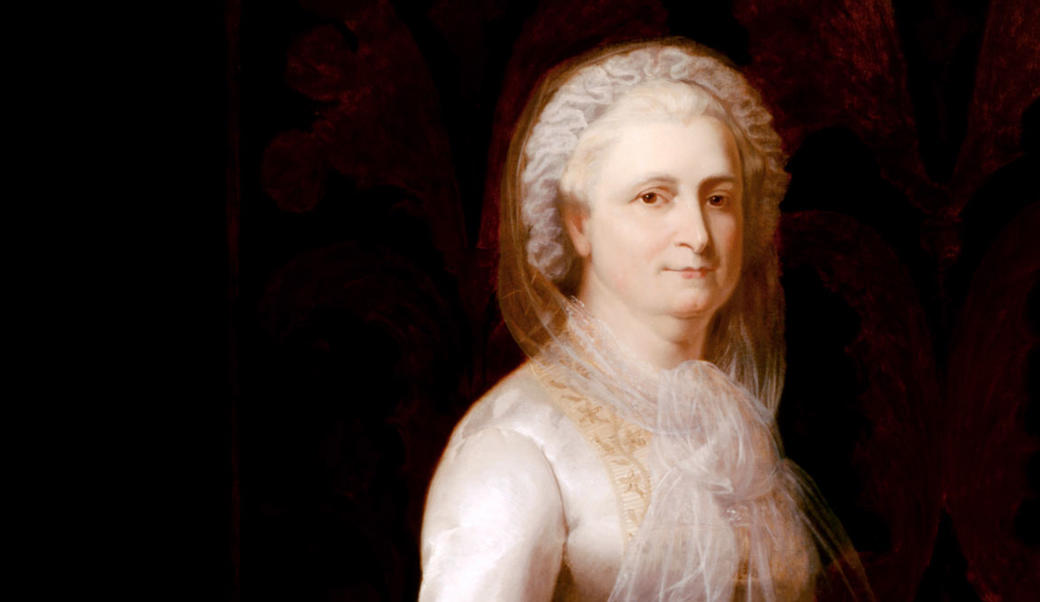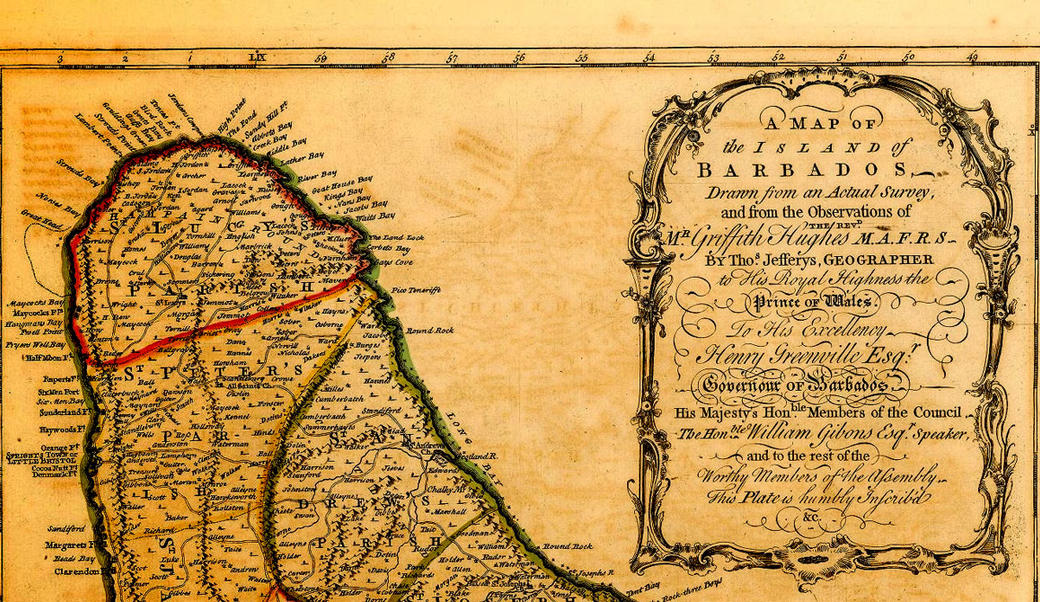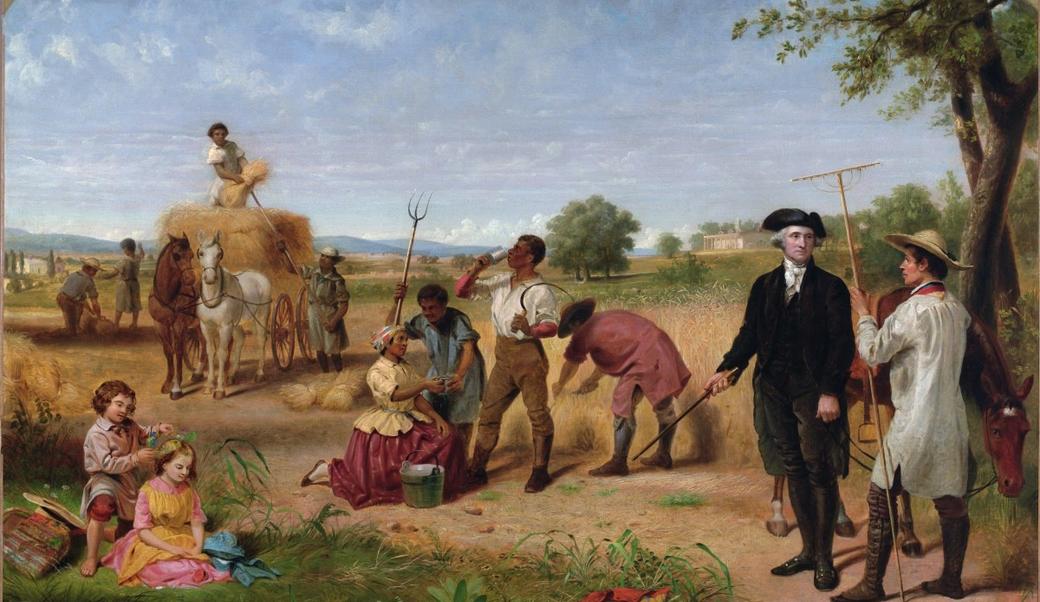George Washington: Campaigns and Elections
The 1788 Election
In 1788, there were no political parties or campaigns like we think of today. The only real issue was whether candidates were Federalists, meaning they had supported the Constitution, or anti-Federalists, who had opposed ratification or demanded amendments.
Between December 15 and January 10, 1789, each state cast their ballots for electors, who voted for candidates based on their personal reputations. Sixty-nine votes were cast for president; they were unanimous for George Washington.
The vice-presidential vote split between John Adams (34), John Jay (9), Robert Harrison (6), and John Rutledge (6). George Clinton was the only anti-Federalist candidate to receive votes (3).
On April 14, Washington received official confirmation from Congress that he had been elected the first President of the United States. While unsurprised at the outcome, Washington approached his inauguration with dread. He wrote to Henry Knox that he felt like a “culprit who is going to the place of his execution.”
Washington suspected that every choice he made as president would establish precedent for his successors. Because the Confederation had failed, the new federal government was the nation’s second chance, and Washington knew most nations did not get a second chance. He genuinely believed one mistake might cause the country to crumble.
Washington’s primary goal was to establish the presidency on firm footing, cultivate respect from citizens and observers abroad, and execute the laws with firmness. Mostly, he wanted the nation to survive.
The 1792 Election
Four years later, President Washington planned to retire and return home to Mount Vernon. But all his closest advisors, including Alexander Hamilton, Thomas Jefferson, and James Madison, convinced him that the country still needed his leadership to survive. Reluctantly, he agreed to stand for election one more time.
Washington played no role in the campaign in accordance with political culture at the time. Even without his participation, he was elected unanimously once again with 132 electoral votes—the only president to be elected unanimously, twice.
No one dared run against Washington, his stature was still unparalleled, but the contest over the vice presidency was much more vigorous than four years prior. At stake was the direction and expansive nature of federal power. One faction had organized behind Hamilton and supported his financial legislation, which created a national bank and granted Congress extensive fiscal powers. The other faction, loosely led by Jefferson and Madison, opposed this vision of federal authority.
The Hamilton faction, still known as the Federalists, cast 77 votes for John Adams. Jefferson and Madison’s faction, which later became known as the Democratic-Republicans or Jeffersonian Republicans, cast 50 votes for George Clinton, 4 votes for Jefferson, and 1 vote for Aaron Burr.
The challenges Washington faced during his second term made the burdens of his first term seem like child’s play. He maintained neutrality between increasingly belligerent European empires, as well as between increasing hostile domestic political factions. He defended executive authority and crushed the first domestic rebellion on his watch. When the question of a third term arose in 1796, Washington refused.

